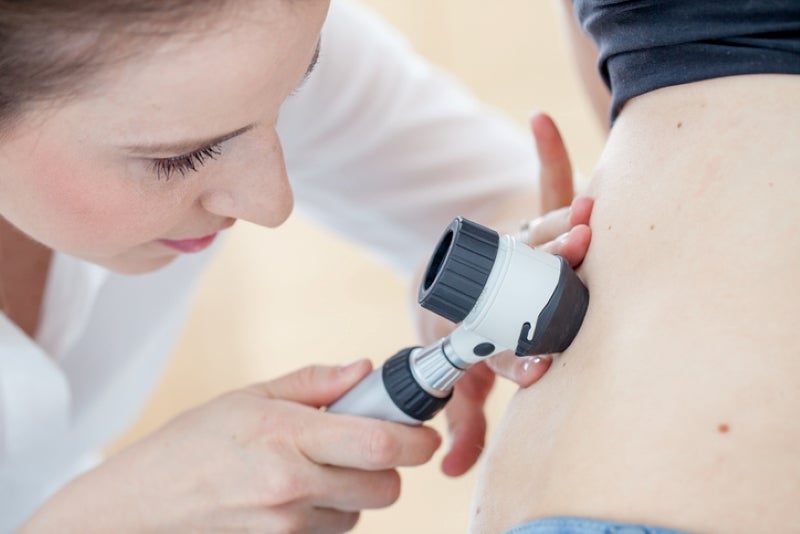What Does Melanoma Really Look Like? 5 Skin Changes You Shouldn’t Ignore
May 6, 2025
Categories: Health & Wellness, Primary Care, Cancer
Tags: Melanoma, moles, Dermatology, Skin Cancer, skin checks, skin health
In terms of skin cancer, melanoma is the most serious—but also one of the most treatable when caught early. The challenge? It doesn’t always look alarming at first. In fact, some melanomas can be small, subtle, or even mistaken for a harmless mole.
Health experts often use the ABCDE rule to help identify suspicious spots. Here’s what that means—and what you should keep an eye on during your next skin check.
A is for Asymmetry
If you drew a line through the middle of the mole, would both sides match?
Benign (non-cancerous) moles are typically symmetrical. If one side looks different than the other, it’s time to get it checked.
Real-life clue: One side of your mole looks smooth, but the other side looks jagged or raised.
B is for Border
Melanomas often have irregular, blurry, or notched edges. Healthy moles tend to have smooth, even borders.
Real-life clue: The edges of your mole seem to be fading into the surrounding skin or look scalloped.
C is for Color
Normal moles are usually a single shade—typically brown. Melanomas may include multiple colors or uneven shading.
Real-life clue: You notice shades of black, brown, red, or even blue in a single mole.
D is for Diameter (or Different)
Watch for spots larger than 6 millimeters (about the size of a pencil eraser), although some melanomas can be smaller. D can also stand for different—as in, a mole that clearly stands out from the rest.
Real-life clue: You spot a mole that seems to have grown noticeably over a few weeks or months—or one that just doesn’t look like your others.
E is for Evolving
Perhaps the most important sign of all: any change in size, shape, color, or sensation (like itching or bleeding) should raise a red flag.
Real-life clue: A mole you’ve had for years suddenly starts itching or bleeding, or it just doesn’t look the same anymore.
When in Doubt, Get it Checked
You don’t have to be an expert to catch the signs of melanoma. You just have to be curious and consistent.
• Do regular self-checks (once a month is a great goal)
• Take pictures to track changes over time
• Schedule annual skin exams with a provider, especially if you have a history of sun exposure or family risk
“Melanoma doesn’t always start as something dramatic. Sometimes, it’s just a small change in a spot you’ve had for years,” says Dr. Jill Onesti, a Board Certified General Surgeon with Trinity Health. “If something feels different or looks unusual, don’t wait—getting it checked could make all the difference.”
Melanoma can be aggressive—but it’s also one of the most visible cancers. By learning what to look for and speaking up when something feels “off,” you’re already one step ahead.
Routine skin checks are so important, and your primary care provider is a great place to start. They can examine any concerning spots and refer you to a dermatologist if needed.
This article was reviewed by Jill Onesti, MD, a Fellowship Trained Surgical Oncologist with the Cancer Network of West Michigan.

Jill Onesti, MD
Surgical Oncology
Trinity Health Richard J. Lacks Sr. Cancer Center
Accepting new patients
A referral from a primary care provider is required.




